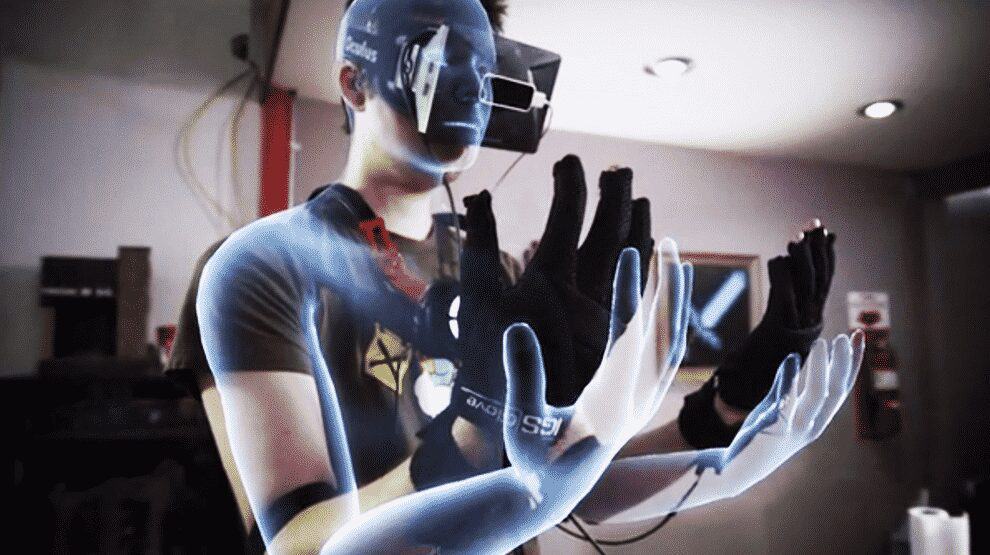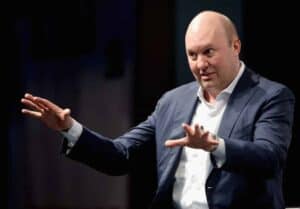In a new a16z podcast, Marc Andreessen argues that VR will be bigger than AR. It’s a view we’ve long held – though we expect AR will grab the lion’s share of the market in the short term. But a decade or two from now, people won’t find their augmented real world all that fascinating. Especially when virtual worlds will be far more immersive and compelling than they are now.
Andreessen points out that most people don’t wake up every morning in environments that are all that interesting. As in the movie, Ready Player One, in the future, we may head for whatever passes for the Oasis.
Though he doesn’t say it, it raises fundamental ethical issues about how we will live once virtual reality is ubiquitous. And what it means to be human. The issues we currently come up against in ethics and VR are only the tip of the iceberg.
And it will become profoundly more complicated by the integration of AI in virtual environments. It’s not just realistic virtual environments that will seduce us, but AI-driven avatars that are indistinguishable from people in real life.
The a16z podcast
The podcast by Marc Andreessen and Ben Horowitz covers a lot more than VR. As TechCrunch notes,
There’s a lot to enjoy, from Andreessen’s TV show recommendations to Horowitz’s secret to excellent barbecue. (It’s pretty much just “time,” as you might imagine.)
But for those of you here, you’ll be most interested in two sections of the podcast – what he says about Wearables and having sensors on our bodies, and his predictions for VR and AR. What makes his comments on virtual reality even more fascinating is that their firm currently has a stake in Magic Leap, and not in VR. That’s just a shrewd bet on the short-term.
The full podcast is below. For the section on wearables, you can skip ahead to 12:45. For the discussion on how VR will be bigger than AR, skip to 14:18.
We’ve added a segment of the transcript below if you want to read his comments.
Wearables and how VR will be bigger than AR
Wearables, audio, and sensors:
“The really big one right now is audio. Audio is on the rise just generally and particularly with Apple and the AirPods, which has been an absolute home run [for Apple]. It’s one of the most deceptive things because it’s just like this little product, and how important could it be? And I think it’s tremendously important, because it’s basically a voice in your ear any time you want.
For example, there are these new YouTube type celebrities, and everybody’s kind of wondering where people are finding the spare time to watch these YouTube videos and listen to these YouTube people in the tens and tens of millions. And the answer is: they’re at work. They have this Bluetooth thing in their ear, and they’ve got a hat, and that’s 10 hours on the forklift and that’s 10 hours of Joe Rogan. That’s a big deal.
Of course, speech as a [user interface] is rapidly on the rise. So I think audio is going to be titanically important.”
“The second thing I’d nominate for wearables is the concept of sensors on the body. Here, the Apple Watch is clearly in the lead with what they’re doing with the heartbeat sensor. But I think we’ll have a full complement of medical-grade sensors on our body — in a way that we have chosen to [have them] — over the next five or 10 years. I think we’ll be able to predict things like heart attacks and strokes before they happen. Talk about a killer app. [Laughs.] ‘Beep. I’m going to have a heart attack in four hours. Maybe I should drive to the hospital.’
The survival rate [for heart attack victims] at the hospital is, like, 99 percent. The survival rate for people at home is like 50 percent. There’s an opportunity for a massive increase in quality of life with the sensor platforms people are going to have.”
The future of VR and AR:
“I think optics are coming. It’s going to be a long road, but I think AR and VR are going to work, and that we’re going to have heads-up displays that are going to remove the need for what we have now, which is this little pane of glass that we’re expected to experience the whole world through. The whole world is going to open up around us.
I think AR has tons of potential applications, both at work and at home. [But] I think VR is going to be about 1,000 times bigger. In the Valley right now, this is a very contrarian view. The general theme that you hear is that AR will be bigger than VR, and obviously it should be. If you can do things overlaid over the real world, that should be inherently more interesting than having to construct a synthetic world.
I just think that’s only true for people who live in a really interesting place in the real world. But only something like .1 percent and 1 percent of people on Earth live in a place where they wake up every morning and think, Wow, there are so many interesting things to see. So for everyone who doesn’t already live on a college campus or in Silicon Valley or in a major other city, the new environments we’re going to be able to create in VR will inherently be much more interesting. And there will be a lot more of them.”
A final thought

As Andreessen notes, his comments on how VR will be bigger than AR is the contrarian view in Silicon Valley. Everyone is banking on AR overtaking VR in the next few years. And it will be given the full range of potential applications in work, education, and entertainment.
But VR is about our illusions and the power of storytelling. And we are by nature storytellers. So powerful is the impulse that we see story patterns even when they are not there.
Storytelling always has leveraged technology – from the alphabet to writing, the printing press, movies, radio, and television. With VR, we are on the cusp of a new era where the medium begins to merge with our consciousness. It’s a fascinating development – simultaneously fraught with potential and peril – that will determine how we live in the future.
And more, who we are as a species.
Emory Craig is a writer, speaker, and consultant specializing in virtual reality (VR) and artificial intelligence (AI) with a rich background in art, new media, and higher education. A sought-after speaker at international conferences, he shares his unique insights on innovation and collaborates with universities, nonprofits, businesses, and international organizations to develop transformative initiatives in XR, AI, and digital ethics. Passionate about harnessing the potential of cutting-edge technologies, he explores the ethical ramifications of blending the real with the virtual, sparking meaningful conversations about the future of human experience in an increasingly interconnected world.

